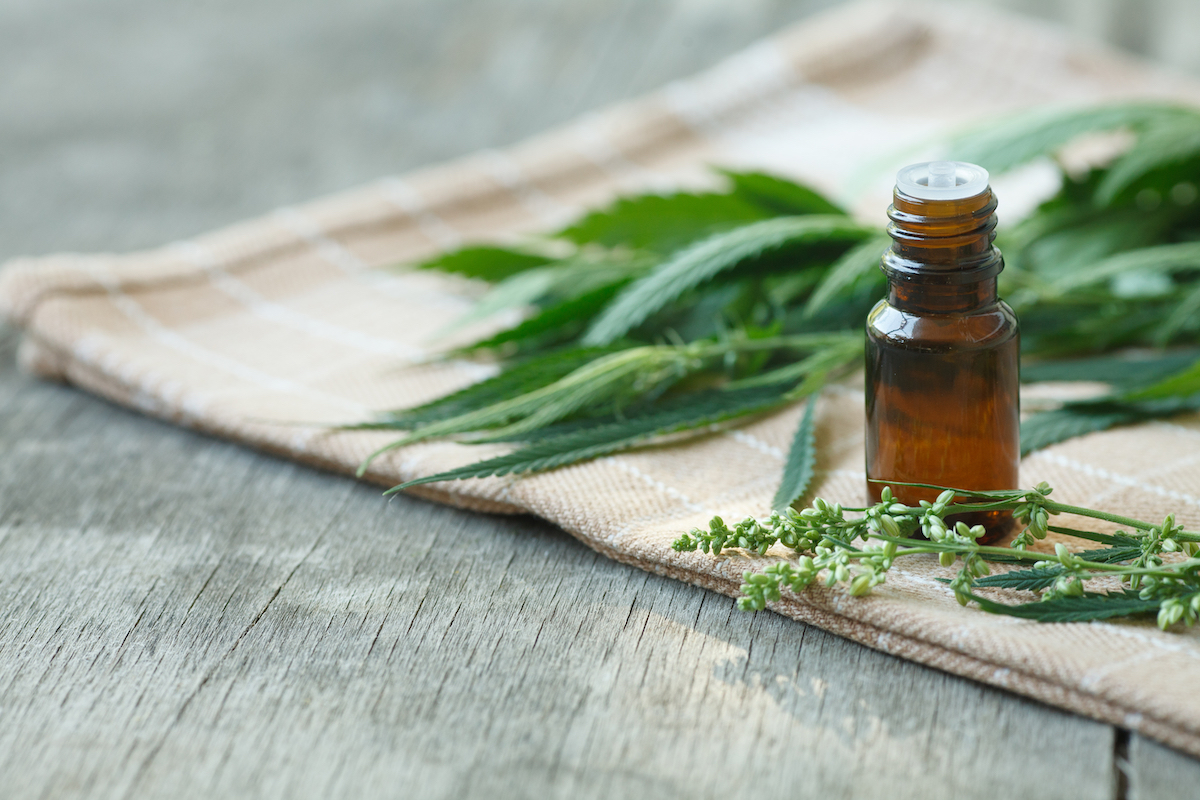
Let’s get to repairing…
By Dr. Pepper Hernandez ND, PhD, CNHP
The nervous system is a complex collection of nerves and specialized cells known as neurons that transmit signals between different parts of the body. Neurons in the brain communicate via electrical impulses and neurotransmitters.
The nervous system is comprised of mainly two parts. The first part being the peripheral nervous system, which includes the nerves and ganglia on the outside of the brain and spinal cord. Then the central nervous system, which includes the brain, cranial nerves, and spinal cord.
The damage that leads to or causes central nervous system disorders can include trauma, massive amounts of stress, infections, degeneration, congenital problems, structural defects, tumors, blood flow disruption and/or autoimmune disorders. There are many supplements, foods, and yogic disciplines that can help to balance the nervous system. CBD has also been proven in studies to prevent the degeneration of the nervous system in several ways.
Central nervous system disorders are a broad category of conditions of dis-ease and affects the spinal cord or brain. There are many different types of central nervous system disorders, some of which include: seizures, cancer, inflammatory diseases, arthritis, schizophrenia (and other mental disorders), depression and/or neuropathy. While these disorders vary greatly, all cause a loss of sufficient, intact nervous system circuits that orchestrate particular functions in the body.
Symptoms usually associated with central nervous system disorders vary depending on the specific condition, but can include everything and anything from headaches, stress, fatigue, tingling or loss of feeling, muscle weakness, loss of sight or double or blurred vision, memory loss, impaired mental ability, lack of coordination, tremors and back pain.
The human body has a fatty acid called amide hydroxylase (FAAH). This enzyme breaks down the neurotransmitter, anandamide in cannabis, which is associated with the neural generation of motivation and pleasure. CBD suppresses the effect of FAAH in the body, creating higher levels of anandamide, which in turn naturally binds to Cannabinoid type 1 receptors (known as CB1). These are concentrated in our central nervous systems.
The cannabis plant contains at least 85 types of cannabinoids, including CBD and THC. Which means that, overall, this helps calm the nervous system and helps it find balance. CBD successfully stimulates the release of 2-AG, an endocannabinoid that stimulates both CB1 and Cannabinoid receptor type 2 (known as CB2). These receptors play a key role in regulating mood, memory, appetite, sleep, and the reduction of inflammation within the human body. For this reason, topical treatments containing CBD can help reduce brain inflammation associated with autoimmune disorders, and which may lead to damage of the neuron’s fatty covering.
Reducing inflammation in the brain may also be used to treat neuropathic pain, which is caused by damage to the somatosensory nervous system. Studies have shown that cannabis has neuroprotective effects and supports the health of the brain and spinal cord. The cannabinoids found in cannabis (including CBD and THC) have shown to effectively protect neurons and astrocytes from damage, modulate inflammatory reaction and assist in neuroregeneration.
CBD, like THC, is one of the major cannabinoids found in cannabis, though unlike THC it has no psychoactive properties. It is perfect for those who have a life that involves pure focus. CBD binds to the cannabinoid type one receptor in the brain so CBD doesn’t create any of the known “altered” effects associated with THC.
Let’s get to repairing the nervous system. Here are some foods that can help as well:
It is recommended to consume foods rich in magnesium daily to benefit the central nervous. Foods such as these are high in magnesium:
Cocoa: Dark chocolate has almost 500 mg of magnesium per 3.5 ounces.
Green leafy vegetables: Swiss chard, kale, green-leaf lettuce, spinach
Fruit: Banana, apricot, avocado, melon, plum
Nuts: Almonds, cashews, hazelnuts, walnuts
Legumes: Peas, lentils, tempeh
Cereal: Brown rice, millet, oats
Seeds: Pumpkin, sesame
Potatoes: Red, fingerlings, purple peruvian
Pumpkin: Winter squash, buttercup
Bone Broth: Turkey (has the highest amount of tryptophan)
Other medicinal plants have relaxant effects on the nervous system and can help along with cannabis. Try mixing them in with your CBD concentrate or tea blend at night. Here are a few:
Lemon balm
Ginkgo biloba
Hypericum
Basil
Lavender
Passionflower Cognition, which simply means mental functioning – concentration, decision making, problem solving abilities, reasoning and learning.
Here are the top 10 foods that promote brain and nervous system health, and are known to help with cognition:
Spinach
Dark green leafy vegetables
Whole grains
Cocoa
Nuts
Garlic
Olive oil
Red wine
Green Tea
Omega 3 fatty acids
Blueberries
Let’s make our own CBD oil using the simple, safe and healthy olive oil extraction method. Here is a quick and effective way to do a small batch at home.
Ingredients:
1 cup of a high quality carrier oil such as virgin coconut oil or sweet almond oil
14 grams of organic hemp CBD buds and leaves
Instructions:
Using a coffee grinder, grind the buds, stems, and leaves of the hemp plant.
Place the hemp in a small glass canning jar and cover it with the oil.
Place the lid on tightly. Put a washrag in a small saucepan and place the jar in the saucepan.
Put two or three inches of water in the pan. Bring the water to just below boiling. (about 200 degrees). Allow the water to be heated this way for about three hours. If the water level in the pot gets too low, add some water to keep the pot from drying out.
Shake the jar a couple times each hour. Be careful as the jar will be extremely hot. After three hours, turn off the flame and cover the pot with a towel.
Allow the jar to cool for another three hours. Repeat.
Now let the jar sit in the pot, covered with the towel overnight. Repeat this process for the next three days, if possible. You can use the oil after one day but the longer you repeat this process, the stronger your oil will be.
Strain the oil and herbs through a cheesecloth into another glass jar. Be sure you squeeze the cloth to get every last drop out of the hemp.
Use this oil topically, and take note of any changes you feel this oil has made in your body so that others might benefit from your experience.



Leave a Reply